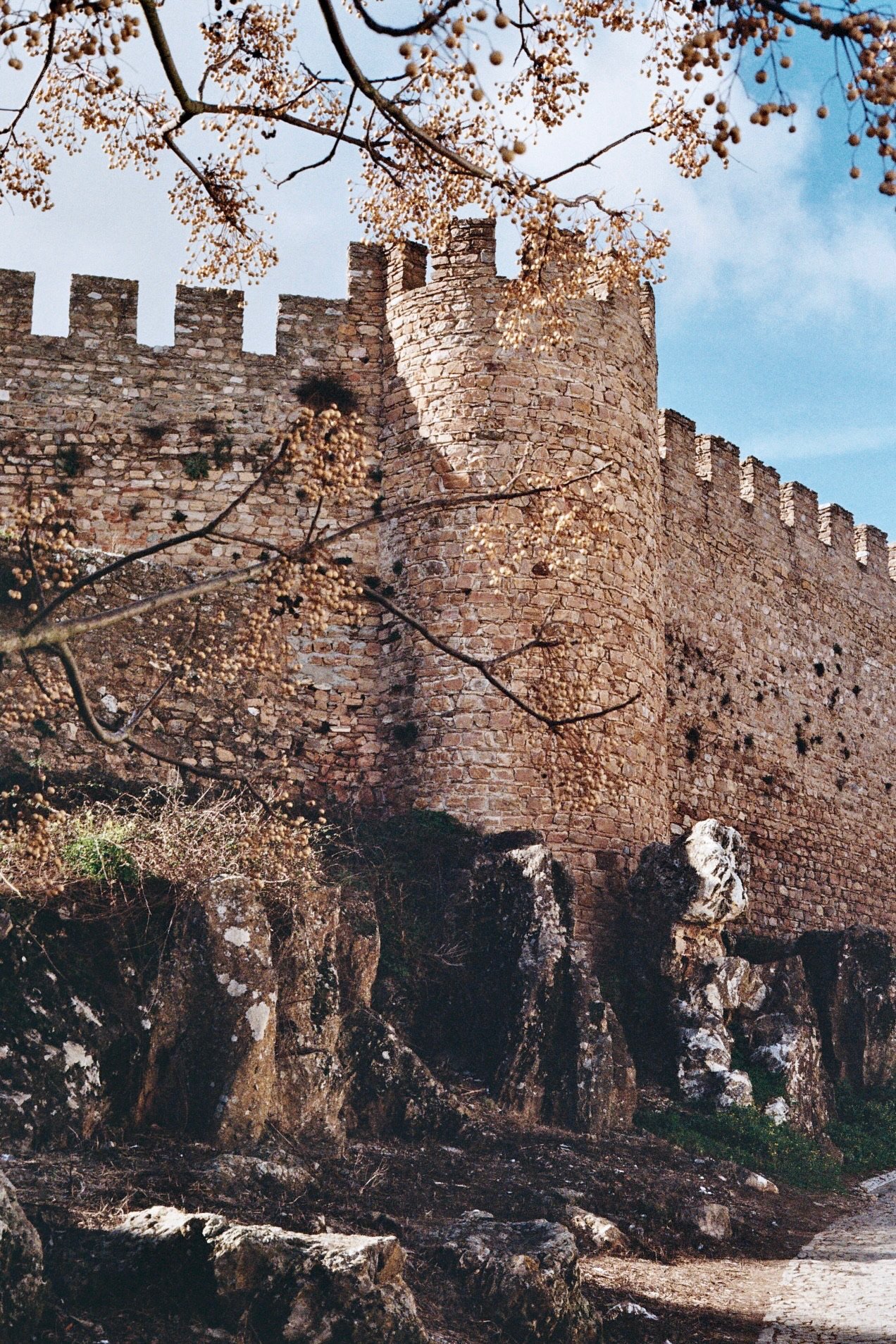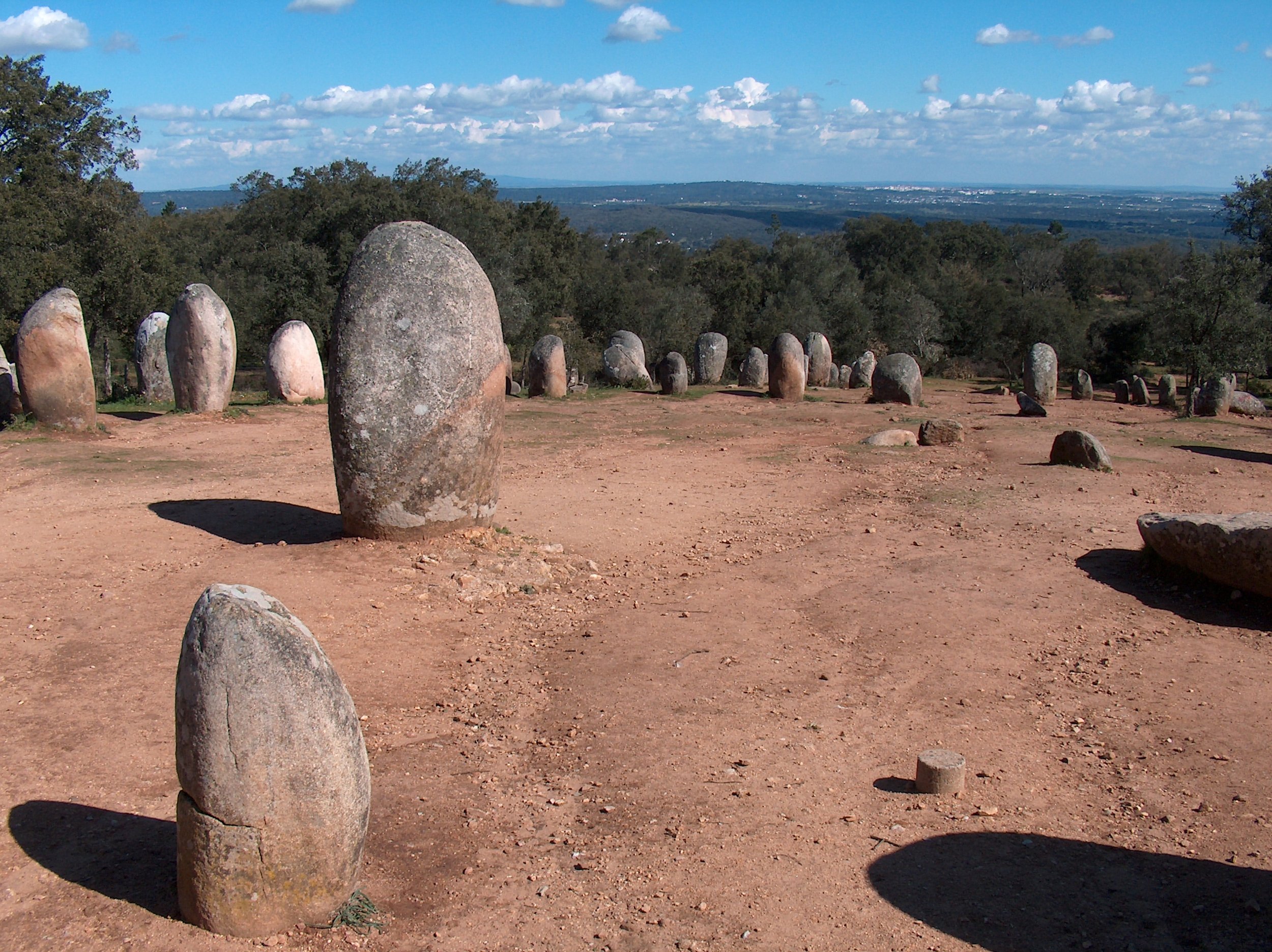Alentejo is gaining recognition as one of Portugal’s most desirable destinations due to its unique combination of scenic landscapes, rich culture, and slow-paced lifestyle.
Wineyards
The Alentejo region near Vila Viçosa is known for its rich, full-bodied wines crafted through tradition and innovation. Visitors can explore local vineyards, taste exceptional wines, and experience the area's cultural heritage firsthand.
Here are some of our favorites:
Adega do Monte Branco
Located in Estremoz, this winery is known for its commitment to producing high-quality wines that reflect the unique terroir of the region. Visitors can enjoy wine tastings and learn about their winemaking process.
João Portugal Ramos
Also situated in Estremoz, this winery offers a range of wine tourism experiences, including guided tours of the vineyards and cellars, wine tastings, and even wine-blending workshops.
Sovibor - Sociedade de Vinhos de Borba
Based in Borba, this historic family-run winery combines tradition with modern techniques to produce a variety of wines. Visitors can explore their cellars and taste their diverse wine offerings
Who said the countryside didn’t have a beach? Albufeira do Alqueva, the largest artificial lake in Western Europe, stretches across the Alentejo region. It’s perfect for sailing, kayaking, and stargazing under Portugal’s clear skies. You can explore lakeside villages, try local wines, or simply unwind by the water. Enjoy the beach!
Albufeira do Alqueva –
Alqueva Lake
Medieval
Castles
Vila Viçosa’s history and architectural heritage offers a glimpse into medieval and Renaissance life through its well-preserved buildings and cultural landmarks.
Here are a few medieval sites we love:
Castle
of Vila Viçosa
Built in the 14th century, this fortress once protected the region and now houses the Church of Nossa Senhora da Conceição and a museum displaying historical artifacts.
Church of São Bartolomeu
Located within the castle grounds, this Gothic and Manueline-style church is known for its intricate stonework and historical significance.
Convent of
the Chagas de Cristo
Founded in the 16th century for noblewomen, this convent features Renaissance architecture, peaceful cloisters, and a collection of religious art.
Anta de Olival da Pega
This well-preserved dolmen, located near Évora Monte, features large upright stones forming a burial chamber, believed to date back to the Neolithic period.
Anta da Herdade da Candeeira
A striking megalithic tomb situated in the Alentejo countryside, showcasing impressive stone slabs used in ancient burial rituals.
Cromeleque dos Almendres
Although a bit farther near Évora, this massive stone circle is the largest in the Iberian Peninsula, with over 90 standing stones aligned to astronomical events.
Megalithic sites
Vila Viçosa’s history goes beyond castles and fortresses—the region is home to ancient megalithic sites that reveal glimpses of prehistoric life. Scattered across the Alentjo landscape, these stone monuments are well worth exploring:
Roman Ruins
As if it wasn’t enough history, Roman legacy also lingers in the Alentejo, where you can find fascinating ruins of this ancient civilization. We love to visit:
Roman Bridge of Vila Formosa
– One of the best-preserved Roman bridges in Portugal, this 1st-century structure near Alter do Chão still stands as a testament to Roman engineering.
São Cucufate Roman Villa
Located in Vidigueira, this large villa complex features impressive ruins of a Roman agricultural estate, including baths and storage areas.
Roman Villa of Tourega
An ancient Roman villa near Évora, showcasing well-preserved mosaics and architectural remains that reflect rural Roman life.
Other
cities
With marble quarries and medieval charm, Estremoz features a striking castle and a lively Saturday market filled with local crafts and produce. It is worth visiting the city’s upper town to enjoy breathtaking views of the Alentejo plains.
Estremoz
A UNESCO World Heritage site, Évora holds ancient Roman ruins, the eerie Chapel of Bones, and a well-preserved historic center. Walk its narrow streets to find Gothic churches, palaces, and the iconic Roman Temple of Diana.
Évora
With hilltop panoramic views of Alqueva Lake, the city holds whitewashed streets, and a beautifully preserved medieval castle.
Monsaraz
Monsaraz: With hilltop panoramic views of Alqueva Lake, the city holds whitewashed streets, and a beautifully preserved medieval castle.
Arraiolos: Famous for its hand-stitched wool rugs, visitors can explore the local workshops and learn about the centuries-old embroidery techniques. A unique circular castle completes the experience.
Badajoz: Just across the Spanish border, Badajoz is rich in Moorish and Spanish history with landmarks like the Alcazaba fortress and vibrant plazas. The city also hosts cultural festivals and offers a culinary scene influenced by both countries.
Famous for its hand-stitched wool rugs, visitors can explore the local workshops and learn about the centuries-old embroidery techniques. A unique circular castle completes the experience.
Arraiolos
Just across the Spanish border, Badajoz is rich in Moorish and Spanish history with landmarks like the Alcazaba fortress and vibrant plazas. The city also hosts cultural festivals and offers a culinary scene influenced by both countries.
Badajoz





















